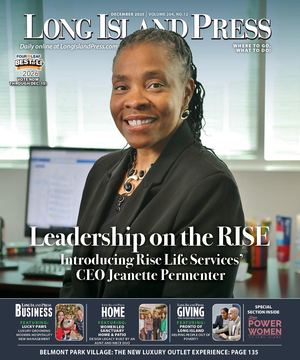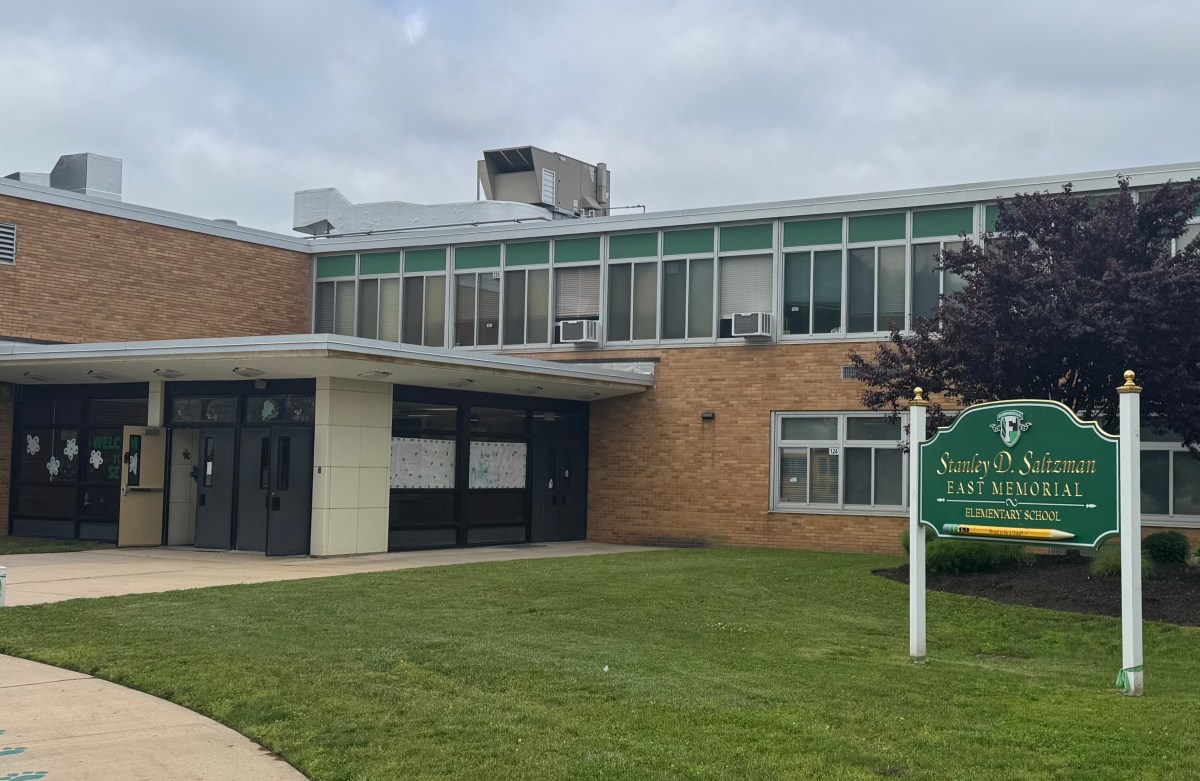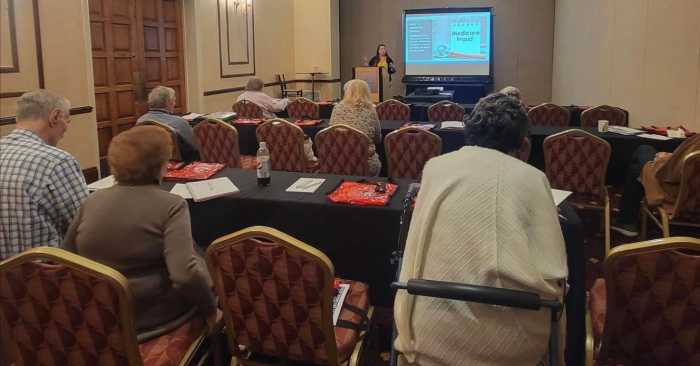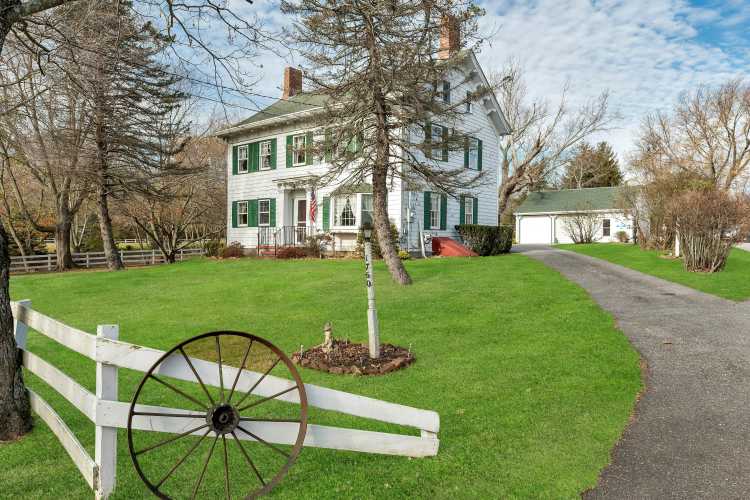Are taxes too high in Nassau?
County residents recently answered that question with an emphatic no, at least when it comes to property taxes paid for schools.
The 2025-2026 budgets of each of the county’s 58 school districts were approved by votes of 60%, 70% and even 80%.
It’s not unreasonable to believe that voters in many districts would have voted to spend even more on schools if not for the state cap on increases in the tax levy, which this year was about 3%. Budgets that exceed the tax cap must receive 60% of the vote to pass.
The lone district in Nassau to try this – Hicksville – succeeded, receiving 65% of the vote.
And these budgets were already starting at a relatively high level when compared to the rest of New York.
On average, per-pupil spending on Long Island is the highest in New York at $39,653. It is followed by the Mid-Hudson region at $38,192 per pupil. Western New York districts, the lowest among all regions in the state, together spend the least—$29,288.
There are wide discrepancies in Nassau among school districts, ranging from $25,788 per pupil in Floral Park-Bellerose to more than $67,000 in Hempstead, which received a $24 million state bailout due to the cost of covering students who left the district to go to charter schools.
And school taxes play no small part in the property taxes paid by Nassau residents. School taxes account for 60% of the property taxes they pay. This is more than all the property taxes paid for villages, towns, the county and special districts combined.
Property taxes are not the sole source of funding for school districts.
State aid, which is based on income taxes, has grown rapidly in recent years.
For the 2025-2026 school year, the state has allocated a record $37.6 billion in total school aid, a $1.7 billion increase over the previous year.
The largest portion of school aid, Foundation Aid, has been increased by $1.46 billion, bringing the total to $26.4 billion for a program created to ensure that every school district provides a sound, basic education.
The Hochul administration agreed to give every school district at least a 2% year-over-year increase after objections by Long Island districts that faced the loss of aid due to declines in school population over the past 10 years.
Still, most school districts receive the vast majority of their funding from property taxes approved by voters.
A large majority of residents have once again demonstrated their belief that school property taxes are a good investment.
For many residents, the elections directly impact the quality of their children’s education and where they go after they graduate.
Every resident’s budget vote directly affects their taxes and indirectly influences the value of their homes, which is closely tied to the education quality offered by the school district.
The proof is in the school budget votes.



































